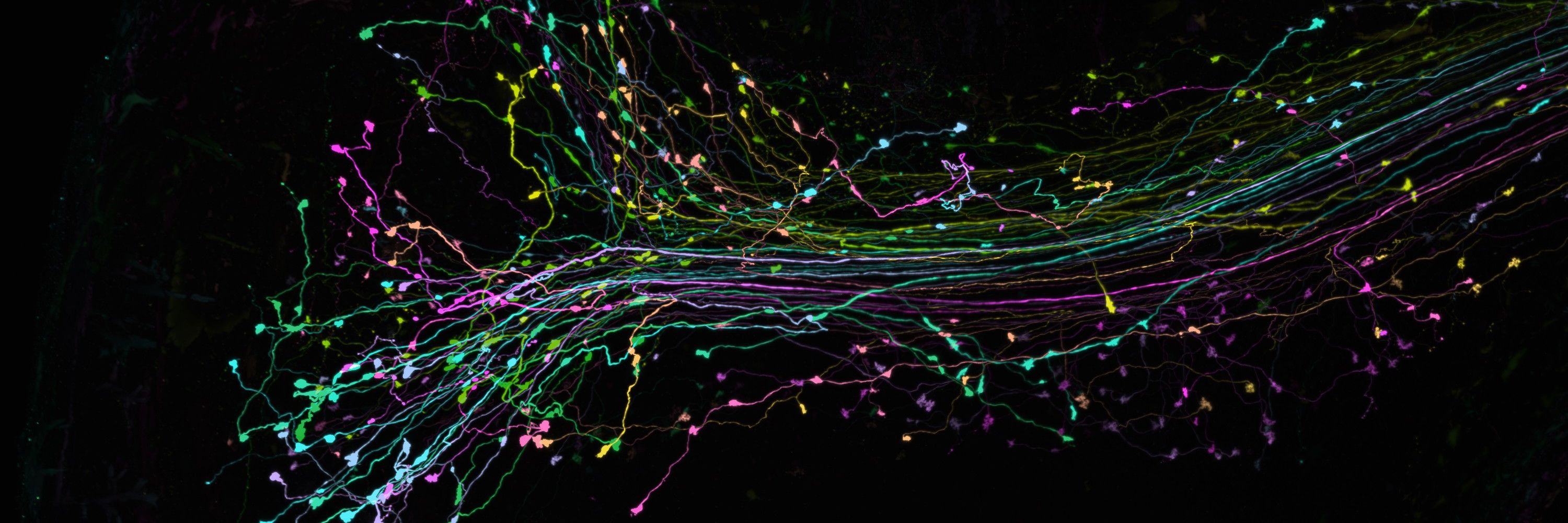Adam Glaser
@adamkglaser.bsky.social
990 followers
210 following
22 posts
Developing hardware + software tools for large-scale imaging at the Allen Institute for Neural Dynamics
Posts
Media
Videos
Starter Packs
Adam Glaser
@adamkglaser.bsky.social
· Jun 6

A parallelly distributed microscope and software system for scalable high-throughput multispectral 3D imaging
Recent advances in high throughput optical microscopy have achieved whole-organism scale imaging at diffraction-limited resolutions. Current microscopes, however, require making compromises between ac...
www.biorxiv.org
Adam Glaser
@adamkglaser.bsky.social
· May 20
Adam Glaser
@adamkglaser.bsky.social
· May 20
Adam Glaser
@adamkglaser.bsky.social
· May 19
Adam Glaser
@adamkglaser.bsky.social
· May 19
Reposted by Adam Glaser
Adam Glaser
@adamkglaser.bsky.social
· May 2

GitHub - HarrisonKramer/optiland: Comprehensive optical design, optimization, and analysis in Python, including GPU-accelerated and differentiable ray tracing via PyTorch.
Comprehensive optical design, optimization, and analysis in Python, including GPU-accelerated and differentiable ray tracing via PyTorch. - HarrisonKramer/optiland
github.com
Adam Glaser
@adamkglaser.bsky.social
· Apr 12

Curved light sheet microscopy for centimetre-scale cleared tissue imaging - Nature Photonics
Light sheet microscopy with curved light sheets enables tiling-free imaging of an entire intact cleared mouse brain with lateral and axial spatial resolutions of 1.0 μm and 2.5 μm, respectively, in le...
www.nature.com
Adam Glaser
@adamkglaser.bsky.social
· Apr 10

Thermal Lensing Effects in Two-Photon Light-Sheet Microscopy
In light-sheet fluorescence microscopy (LSFM), the axial resolution is governed by the illumination beam profile, motivating the development of advanced beam-shaping techniques to enhance imaging perf...
arxiv.org
Adam Glaser
@adamkglaser.bsky.social
· Apr 4

Nonlinear sound-sheet microscopy: Imaging opaque organs at the capillary and cellular scale
Light-sheet fluorescence microscopy has revolutionized biology by visualizing dynamic cellular processes in three dimensions. However, light scattering in thick tissue and photobleaching of fluorescen...
www.science.org
Adam Glaser
@adamkglaser.bsky.social
· Feb 21

Isotropic, aberration-corrected light sheet microscopy for rapid high-resolution imaging of cleared tissue
Light sheet microscopy is the ideal technique for multiscale imaging of large and cleared tissues, and it is desirable to achieve the highest possible isotropic resolution across the entire sample. Ho...
www.biorxiv.org
Adam Glaser
@adamkglaser.bsky.social
· Jan 28
Adam Glaser
@adamkglaser.bsky.social
· Jan 28
Adam Glaser
@adamkglaser.bsky.social
· Jan 28

Canon develops CMOS sensor with 410 megapixels, the largest number of pixels ever achieved in a 35 mm full-frame sensor | Canon Global
TOKYO, January 22, 2025—Canon Inc. announced today that it has developed a CMOS sensor with 410 megapixels, which is the largest number1 of pixels ever achieved in a 35 mm full-frame sensor.
global.canon




